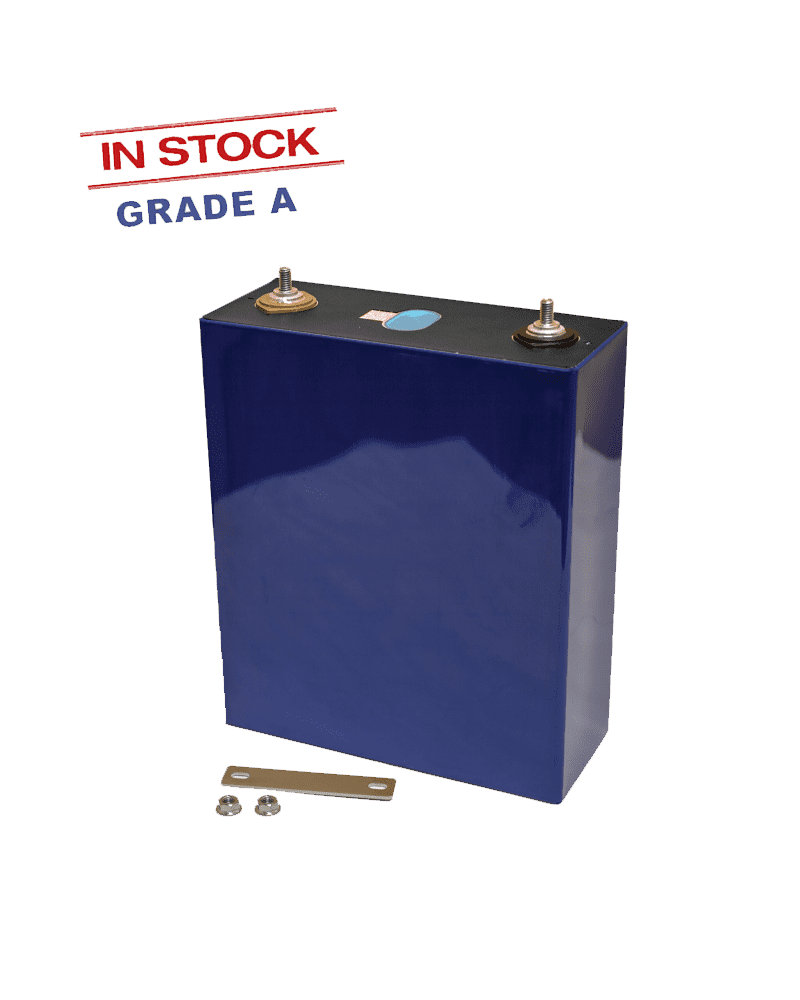
Lithium-ion batteries, once synonymous with personal electronics, are revolutionizing industrial sectors. From EVs, RVs, and solar power to large-scale manufacturing, users are drawn to their rapid charging capabilities, extended lifespan, and straightforward maintenance requirements.
While the initial investment in lithium-ion battery packs exceeds that of other rechargeable alternatives like lead-acid batteries, their long-term benefits make them more cost-effective. That said, maximizing the longevity of lithium-ion batteries is crucial.
To achieve optimal performance and prolonged lithium-ion battery lifespan, follow these five essential steps to maximize its life and unlock its full potential for your operations.
Incorporating a lithium-ion battery equipped with an intelligent battery management system offers many benefits to fleet operations. Lithium-ion batteries with sophisticated battery system management tools play a pivotal role in prolonging battery life by implementing the following measures:
Overcharging a battery can lead to the formation of dendrites, which can significantly reduce battery lifespan. When charging lithium-ion batteries, remember that more is not always better. To prevent overcharging and optimize battery life, it is essential to have a battery regulator in your lithium battery pack.
Lithium-ion batteries demonstrate resilience and require less maintenance, including cooling-down periods. They incorporate onboard heaters to regulate temperatures in cold weather applications. However, improper temperatures can still harm lithium-ion batteries, impacting their lifespan.
To maximize the life of lithium-ion batteries:
If you’re looking for quality battery management systems that extend your lithium-ion battery lifespan or Grade A battery cells, you can’t go wrong with Ezeal. We are known to provide impeccable battery management systems to commercial industries. Our LiFePO4 prismatic cells can be used to manufacture custom battery packs that are used in various commercial and residential applications.
Visit our website to learn more about our product range or place an order!